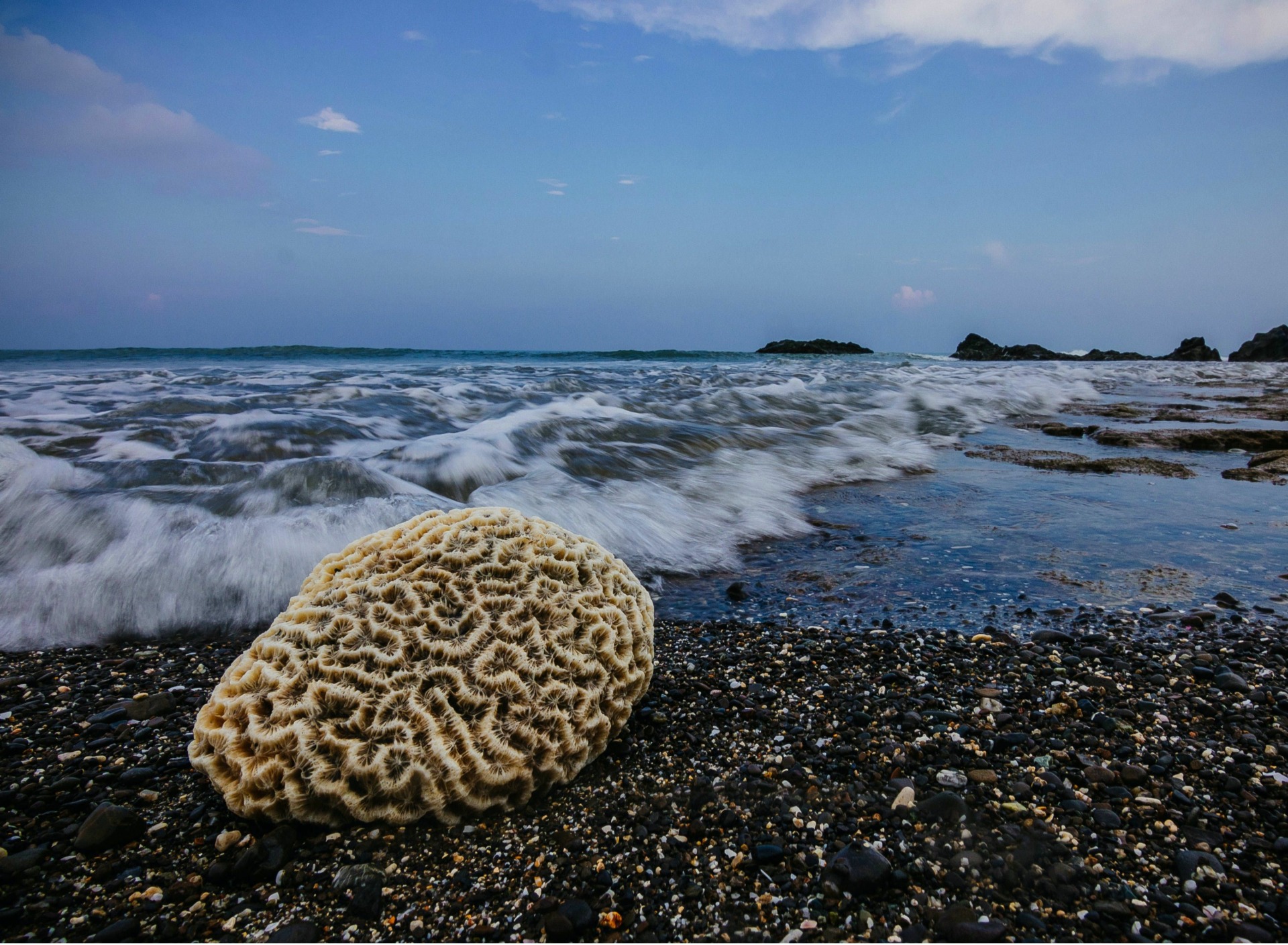Parkinson’s disease is a neurodegenerative disorder that affects the substantia nigra, a part of the brain where nerve cells normally produce dopamine. Dopamine is a neurotransmitter that regulates mood, behavior, sleep and cognition. Neurotransmitters act like messengers between nerve cells, communicating via electrical and chemical signals; it’s through these neurotransmitters that your brain receives the right instructions to elicit everyday activities.
In Parkinson’s disease patients, cells in the substantia nigra become damaged and stop their production of dopamine—causing the body’s normal operations to go awry. As these nerve cells die, protein bundles begin to build up inside of them, further compounding the disease.
To find a cure—or at least slow down the disease’s progression—researchers are taking a closer look at the endocannabinoid system (ECS). This is because studies indicate that this system plays an all-important role in the basal ganglia—the part of the brain that houses the substantia nigra and controls movement. Scientists hope that studying the ECS will allow them to develop new therapeutic approaches to treating Parkinson’s disease.
FOLLOW US ON FACEBOOK & INSTAGRAM
How Is the ECS Involved in Movement?
Studies show that components of the endocannabinoid system are especially abundant in the basal ganglia compared to other areas of the brain. What this suggests is that the ECS plays a key role in basal ganglia processes—or the control of voluntary motor movement.
Research on the ECS began with the detection of the CB1 receptor in 1988. Since then, scientists have explored how intertwined this receptor is in bodily processes, especially those involving movement. CB1 is the most abundant receptor in the brain, especially in the basal ganglia where it controls the release of neurotransmitters GABA and glutamate.
Glutamate is the most prevalent neurotransmitter in vertebrates—its main job is to excite nerve cells. GABA keeps glutamate in check—an inhibitory neurotransmitter, it reduces excitability in nerve cells and also controls muscle tone. By working together, glutamate and GABA help control the brain’s overall level of excitation.
The ECS and the body’s dopamine signaling system are intricately linked—dopamine can influence levels of the endocannabinoid anandamide (AEA) in the basal ganglia, and CB1 can inhibit certain dopamine receptors while forming protein complexes with others.
Additionally, TRPV1, another ECS receptor, is located in the substantia nigra’s dopamine-producing neurons (the ones that become damaged in Parkinson’s disease)—its location puts it in a position to mediate dopamine release in the body. Researchers think that certain abnormalities observed in Parkinson’s disease patients may be due to the ECS trying to compensate for the loss of dopamine in the basal ganglia.
What Happens to the ECS in Parkinson’s Disease?
Post-mortem analysis and research involving animal models have shown that the ECS is significantly altered in Parkinson’s patients. In the early stages of Parkinson’s disease, CB1 receptors are less abundant and less active in comparison to healthy individuals. The loss of these receptors may make the basal ganglia more vulnerable: CB1 receptors are involved in inhibiting glutamate release, so loss or damage to these receptors can increase glutamate levels leading to excitotoxicity, or excessive stimulation of nerve cells, which leads to further damage to these cells.
A common, unifying trend that researchers have seen in Parkinson’s patients—regardless of disease progression—is an increase in AEA. And in moderate to advanced stages of the disease, where symptoms like tremors and rigidity affect Parkinson’s patients, there’s an increase in CB1 receptor density and activity. Both of these findings lend credence to the hypothesis that over-activity plays a role in neurodegenerative diseases.
Can Cannabis Bring the Endocannabinoid System Back Into Balance?
Cannabis may help relieve the unwanted motor symptoms of Parkinson’s disease, but it also shows promise in disease treatment. Preliminary research has focused on:
- reducing protein buildup.
- suppressing the inflammation in nerve cells, which contributes to the disease progression.
- slowing or stopping the degeneration of dopamine-producing neurons.
RELATED: HOW CANNABIS HELPED ME FIND RELIEF FROM PARKINSON’S DISEASE
Because many processes are altered in Parkinson’s disease, researchers still can’t pinpoint an exact mechanism for how cannabinoids might improve motor function—this may be why studies involving both receptor agonists (substances that attach directly to receptors) and antagonists (substances that block binding to receptors) have shown success in relieving motor symptoms. Given these findings, it’s not surprising that cannabis, which contains both receptor agonists and antagonists improved motor symptoms in a small open label study involving Parkinson’s disease patients who smoked cannabis.
While there are no current studies involving cannabis and its ability to reduce protein buildup in Parkinson’s disease patients, preliminary studies point to a link between the buildup of these proteins and the ECS. This link, as well as studies that show cannabis can decrease the accumulation of other proteins—such as amyloid clumps—in other neurodegenerative diseases, suggests that marijuana holds therapeutic potential.
“The most promising aspect of cannabis to help Parkinson’s patients, as well as any other neurodegenerative disease, lies in the plant’s anti-inflammatory properties, which impart nerve protection and possible reduction of amyloid buildup in brain cells,” says Dr. Perry Solomon, HelloMD’s chief medical officer.
Dr. Solomon points to lab research where THC removed and reduced accumulation of amyloid clumps that were harming nerve cells. He also brings up another study in mice that used a combination of THC and CBD to reduce amyloid buildup, resulting in improved memory.
Research also suggests that anti-inflammatory actions on another ECS receptor, CB2, may help slow disease progression. Microglial cells in the brain “clean up” debris in neurodegenerative disorders, but there’s a caveat—the cleaning actions of microglia can be detrimental to surrounding cells: In patients with Parkinson’s disease, activated microglia are often found near dying dopamine-producing cells.
Researchers think that controlling this microglial action could have neuroprotective benefits. A study in a mouse model of Alzheimer’s disease suggests that CBD’s anti-inflammatory properties weaken the actions of these microglial cells. Based on these findings, compounds that bind to CB2 could help reduce neuronal inflammation in Parkinson’s and other neurodegenerative diseases.
Existing Parkinson’s therapies only relieve symptoms or supply the body with dopamine—none address the destruction of dopamine-producing neurons, which is the root cause of the disorder. Here, cannabis’s neuroprotective properties show much promise:
-
In a mice cell culture, researchers found that THC and THCA can protect the brain cells that make dopamine from neurotoxins. In addition, tetrahydrocannabinol (THC) has been shown to have further neuroprotective properties in a study that involved a human cell culture.
-
Cannabidiol (CBD) is also neuroprotective, but likely by way of a different mechanism than seen in THC. In rats, CBD was found to protects brain cells that project into the substantia nigra—the part of the brain that’s affected in patients with Parkinson’s disease and other neurological diseases.
The ECS is an integral part of basal ganglia processes. The disruption of dopamine levels in the body likely leads the ECS to compensate, thereby affecting your body’s internal equilibrium—also known as homeostasis. Cannabinoids have shown promise in helping bring this system back into balance.
However, as with most topics involving cannabis, more research is needed to better understand how the ECS functions in the presence of this disease. With this knowledge, researchers may one day be able to create therapies that slow—or even stop—the progression of Parkinson’s disease.
Photo credit: Tirthankar Gupta
If you’re new to cannabis and want to learn more, take a look at our Cannabis 101 post. HelloMD can help you get your medical marijuana recommendation; it’s easy, private and 100% online.






